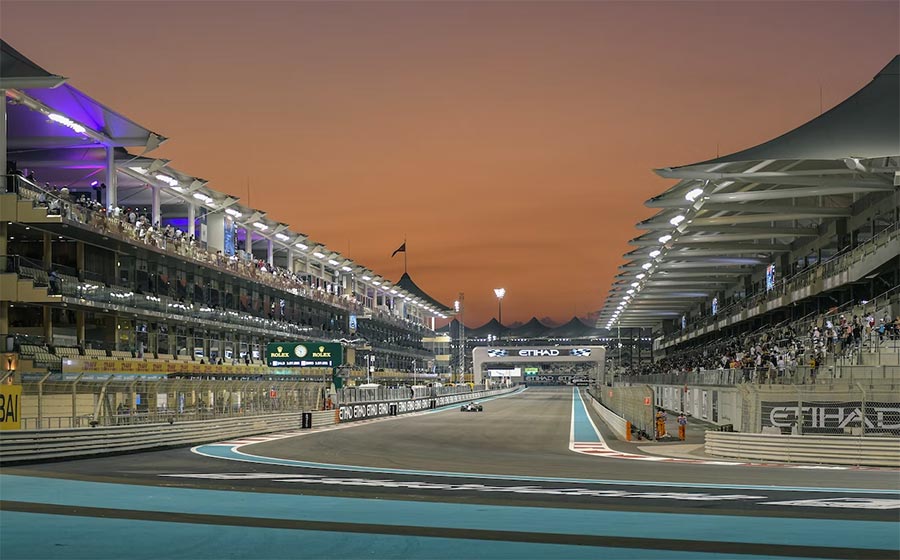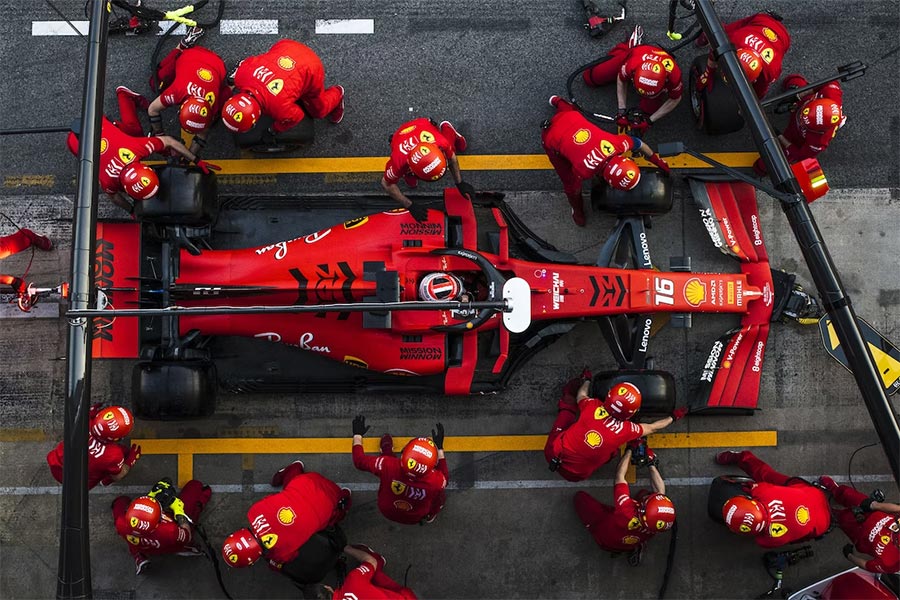The 2022 Formula One World Championship has come to a climactic close following the final race at Abu Dhabi’s Yas Marina circuit on the 20th of November. Red Bull and their number one driver, Max Verstappen, accomplished a successful title defence as formerly dominant Mercedes struggled for pace this year due to a flawed car concept that compromised Lewis Hamilton’s chances of taking the fight to his close 2021 rival.
Elsewhere, a resurgent Ferrari looked on top form at the outset of the championship, mounting an early title bid against Red Bull before losing ground due to a slew of strategic blunders and an inability to keep up with the rate of development demanded across the course of the year.
This is all the more reason for F1 fans to eagerly anticipate next year’s competition, with no less than five teams expected to be odds-on for podium finishes as familiarity with the new era of ground-effect cars ushered in for 2022 grows, and design approaches converge across the grid. It’s to be expected that more than a few race aficionados will be making use of the betting offers provided by leading bookmakers across the world to back their favourites come March.
This may be especially the case in the Arabian peninsula, which will play host to no less than four races next year, with Qatar joining Abu Dhabi, Bahrain and Saudi Arabia as track venues for the coming season. No doubt leading regional providers, such as ArabianBetting, will be ideally situated to furnish those fans with the best picks.
This platform highlights F1 as among the leading sports in the region, alongside football – particularly in light of Qatar hosting the 2022 FIFA World Cup – and cricket. Beyond this, ArabianBetting has come to distinguish itself as a leading comparison platform for iGaming.
This is borne out by its directory of the best online casinos in Kuwait and neighbouring states, which alongside its competitive sign-up bonuses marks it out as the go-to resource for gaming recommendations in the region.
Hotbed of Innovation
Yet while F1’s growing profile as a sport, both in the Middle East and beyond, is undeniable, few recognise its important place in the history of automotive development. In paying its dues at the forefront of motorsport competition for the better part of a century, Formula One design principles have served as the ideal test-bed for many of the technologies we take for granted in our modern road cars. Let’s take a look at some of the key examples of this impressive impact below.

Active Suspension
This technology reached its culminating point in Williams’ supremely dominant FW14-B, one of the most advanced F1 cars ever. This was the first F1 car to fully integrate computer-controlled active suspension into its design, and the results were staggering. This breakthrough enabled the FW14-B to corner at higher speeds than its rivals, maintain high-speed stability better, and even adjust its ride height on the fly.
This quickly led to the tech being banned in the 1994 season in the interest of improving competition and reducing driver aids, though this was not before it found a second life on public roads. Today most cars have active suspension, and all of these have cars like the FW14-B to thank for it.
The value in computer-controlled suspension is not only that you can drive theoretically faster, but that it can help ensure a more enjoyable ride by adjusting spring stiffness and travel to changing road conditions, improving ride quality and comfort.
Semi-Automatic Gearbox
Nowadays semi-automatic and so-called ‘flappy-paddle’ gearboxes are increasingly commonplace. This makes sense as not only are they more intuitive for drivers to operate, they lessen wear on engine components incurred by shifting into rev ranges that are too far apart.
They also have an obvious performance advantage, as shifting through gears on paddles is faster and removes the need for the driver to let go of the steering wheel. All of these reasons contributed to their initial appearance in F1 in the late 80s, though the initial impulse to experiment with semi-automatic gears came through a desire to save weight and space.
The first F1 car to introduce the ancestor to all flappy-paddle gears was the Ferrari F1-89, which was designed at the behest of former McLaren engineer John Barnard. Despite initial reservations, the design’s superiority soon became obvious. This revolutionary gearbox would, on the Ferrari 355 supercar, find its way onto the road for the first time in 1997.
















